Almost every woman has bought a corset for herself at least once. This could happen for different occasions. It is this piece of clothing that can hide the flaws and emphasize the advantages of the figure. This article will help you learn how to sew a corset yourself.
- Types
- Slimming
- Decorative
- Tools
- Sequence of pattern construction
- Constructing a pattern using a dummy method
- Calculation method for constructing a pattern
- Master class on sewing a corset
- Sewing in bones, fasteners and making facings
- Processing the upper edge of the corset
- Finishing sequence
- Corset for children's dress
- Sewing technology of a dress on a corset
Types
Corsets that have survived to this day should be called corsages according to the rule. The original corset looks completely different, not the way modern people are used to seeing it. Its design is too complex and heavy. Out of habit, people continue to call a corsage a corset.

Before you start planning to sew a corset, you need to think about what it will be used for. Methods of use:
- part of underwear;
- an independent item of clothing;
- shapewear;
- a corset for correcting posture and reducing the load on the spine.
The corset can be of different lengths:
- classic;
- in the form of a belt;
- under the chest;
- covers the chest halfway.
The lacing on this clothing can be:
- from the side;
- behind;
- in front.
Slimming
A shaping corset is used to correct the figure. It is worn exclusively under clothing so that others do not notice the shaping. It usually starts from the end of the hips and ends under the chest. Some models have shoulder straps. Such clothes must be selected according to size. If you tighten the body too much, it can affect your health.
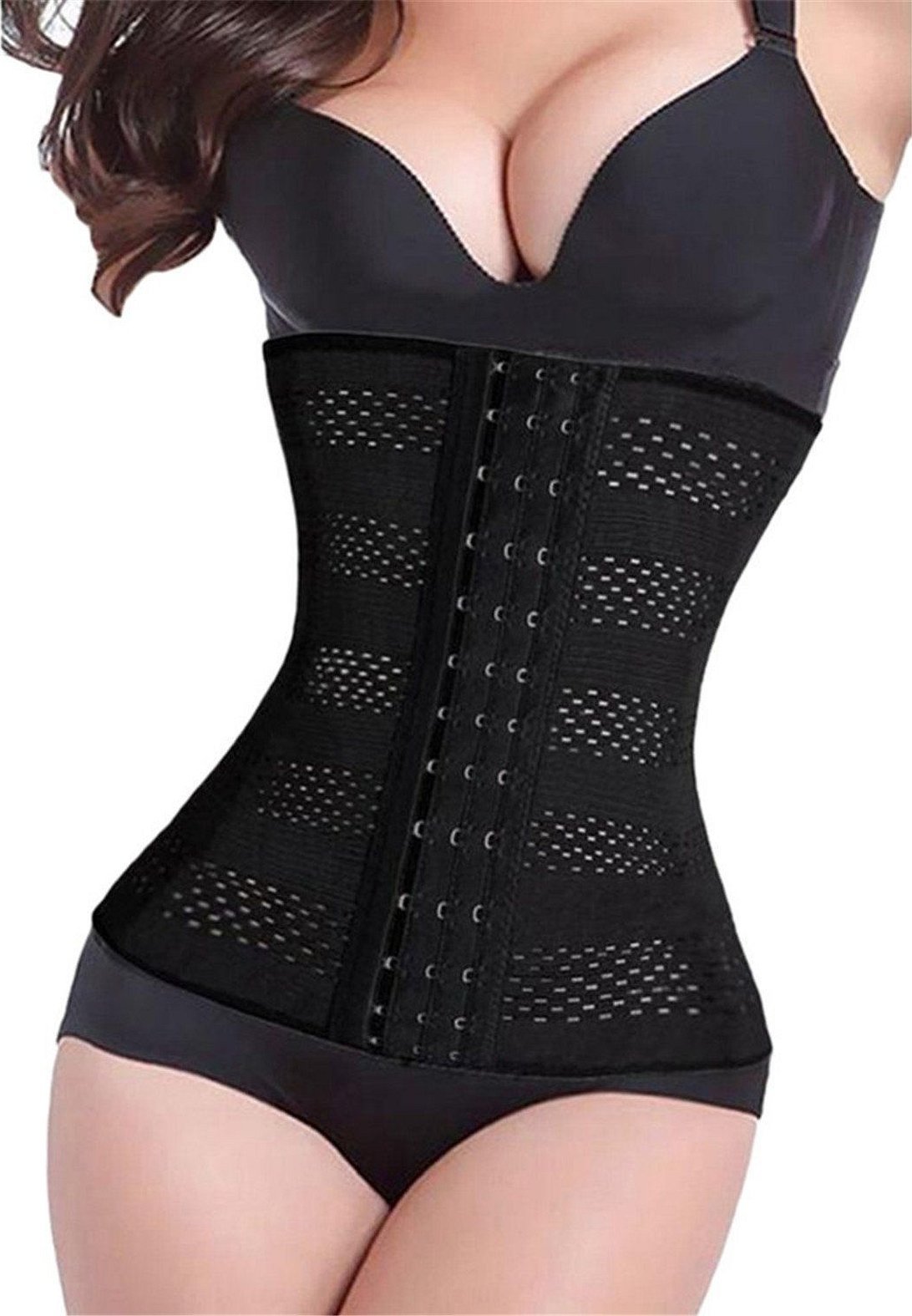
It is easier for a beginner to sew a waist-shaping corset; it does not require any special skill or dexterity.
Decorative
This type of corsage can be an independent part of the wardrobe. It adds a certain sophistication and refinement to the image. It can be worn with a formal suit, wearing shirts on top. Create a sexy image by combining it with shorts. Or you can create the image of a socialite by wearing it with a fluffy skirt.
This element of clothing decorates a woman and helps to hide the unevenness of the figure from strict eyes. One of the examples of a decorative corsage is considered to be a wedding one, it perfectly complements the image of the bride, making her image gentle and mysterious.
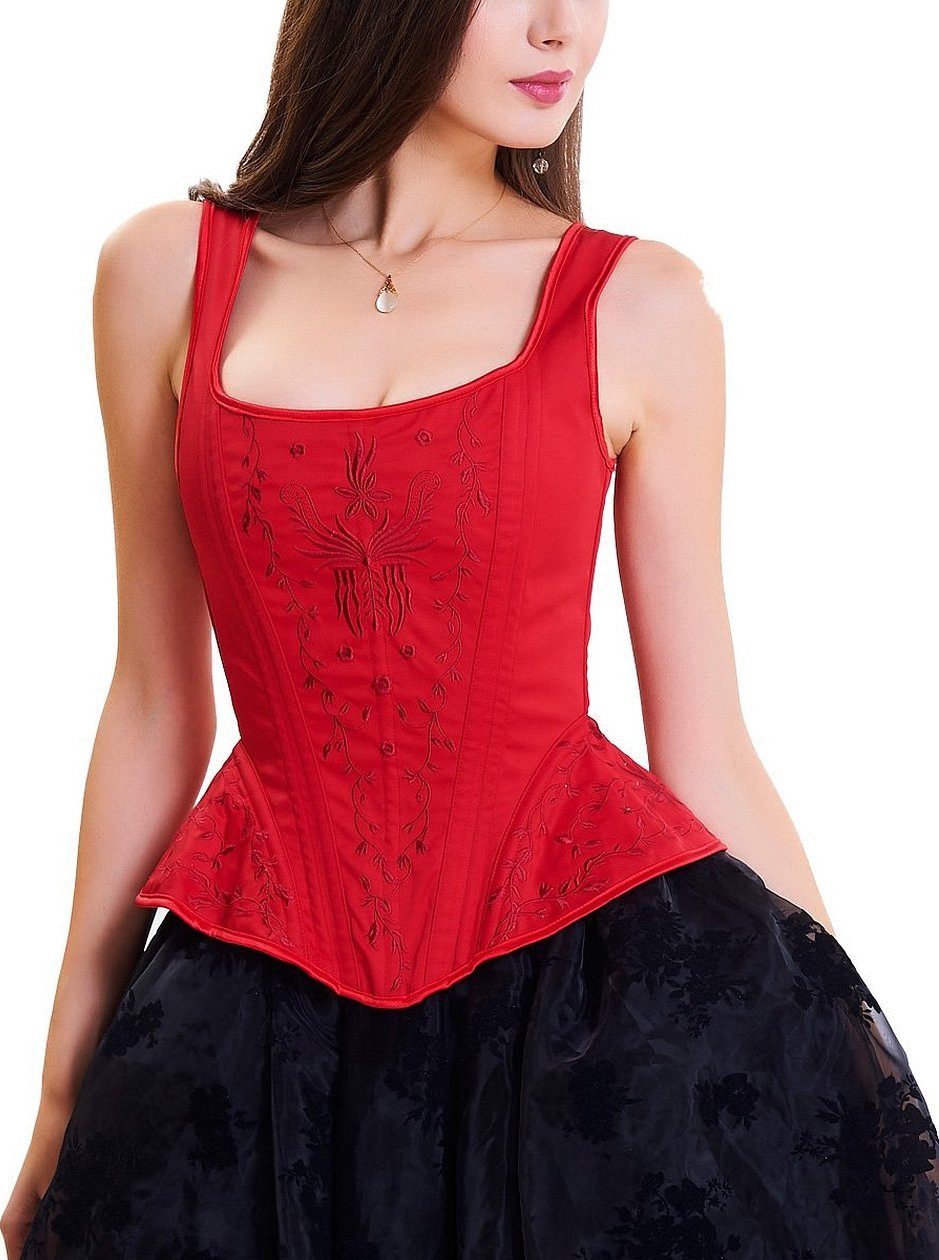
Tools
To begin work, you need to prepare the materials that will be useful in the process of making the product:
- facial tissue;
- lining fabric;
- lace;
- dublerin;
- 20 corset bones (plastic or metal);
- fittings (eyelet, block, roll-up) for forming lacing;
- centimeter;
- sewing machine;
- scissors;
- hole punch or awl;
- cup;
- Machine for fittings.
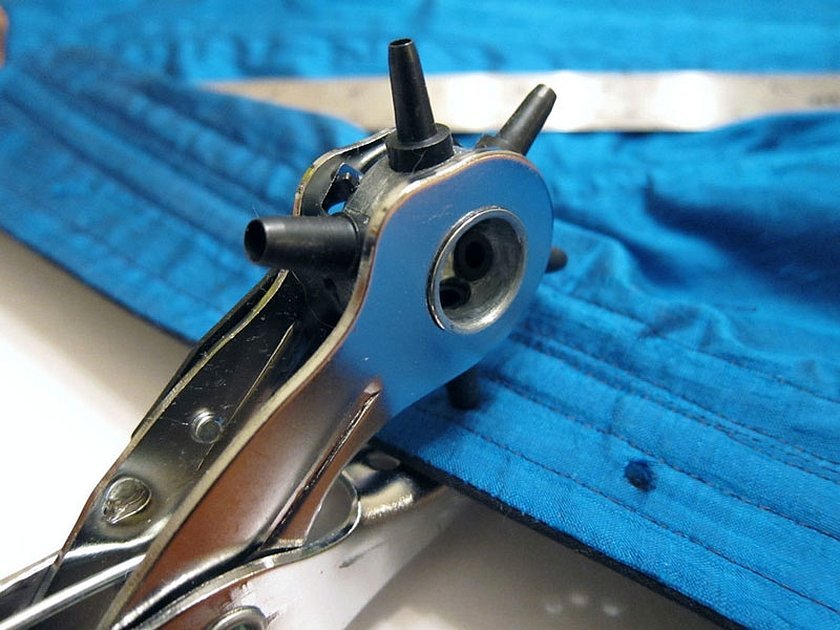
Sequence of pattern construction
The corset pattern begins with measuring the model's volume. You will need a tape measure for this. When measuring, the tape should not press the body too much, but should not hang loosely either.
Important! It is necessary to measure the volumes over underwear or a top. In this case, the chest will be at the required level.
Before you start constructing the pattern, you need to decide on the style of the bodice. This will help you find out whether to leave the measurements as is or whether you can reduce the product in some places. This is usually done at the waistline.
To construct a corset pattern, you need to measure:
- chest volume;
- underbust volume;
- waist size;
- hip volume;
- distance from waist to chest;
- distance from the waist to the end of the abdomen;
- back deflection of the product;
- tightening.
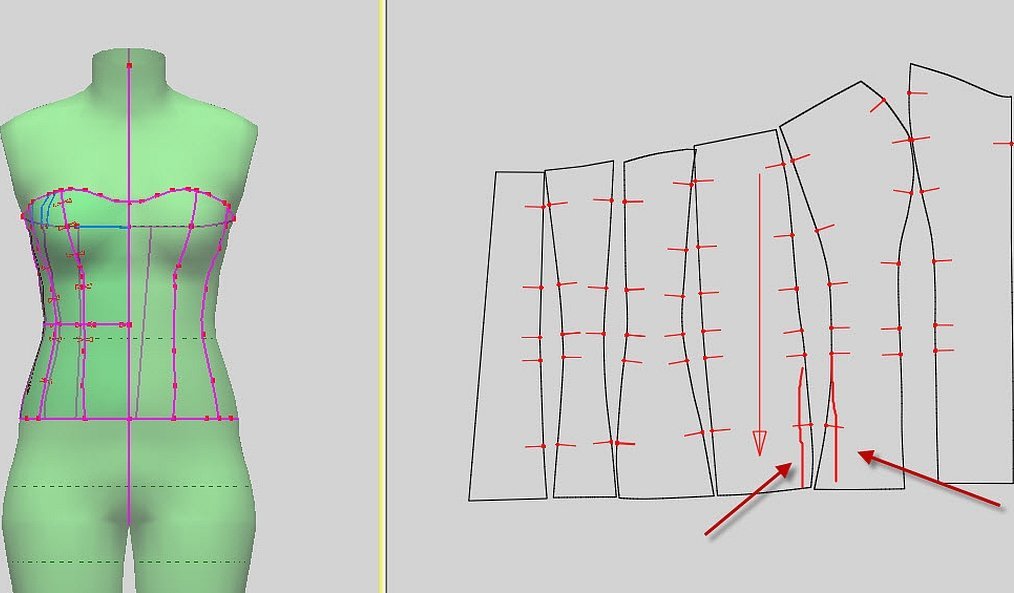
Constructing a pattern using a dummy method
The cutting of corsets by the dummy method differs in the method of constructing clothes. In this case, the entire process takes place on a mannequin. Thus, the master perceives new clothes in a three-dimensional form.
The design is created using graph paper or fabric. The parts of the product are pinned together.
Attention! The layout method allows avoiding mistakes when cutting the product. An inexperienced craftsman will be able to feel the proportions of the human body.
Instructions for the dummy method:
- The mannequin must be marked with a marker for opening on the chest, stomach and waist. For convenience, elastic bands are tied and lines are drawn along them, which are removed after application.
- The marker is used to draw lines of bends, seams and passing bones.
- The mannequin is wrapped in film or tracing paper, on which the necessary details are drawn.
- The pattern is transferred to graph paper. At this stage, adjustments can be made.
- Transferring the pattern onto the fabric. Sewing the bodice parts together.
Important! If there is no mannequin, then the fabric or film can be applied to a person, leaving an allowance for seams.
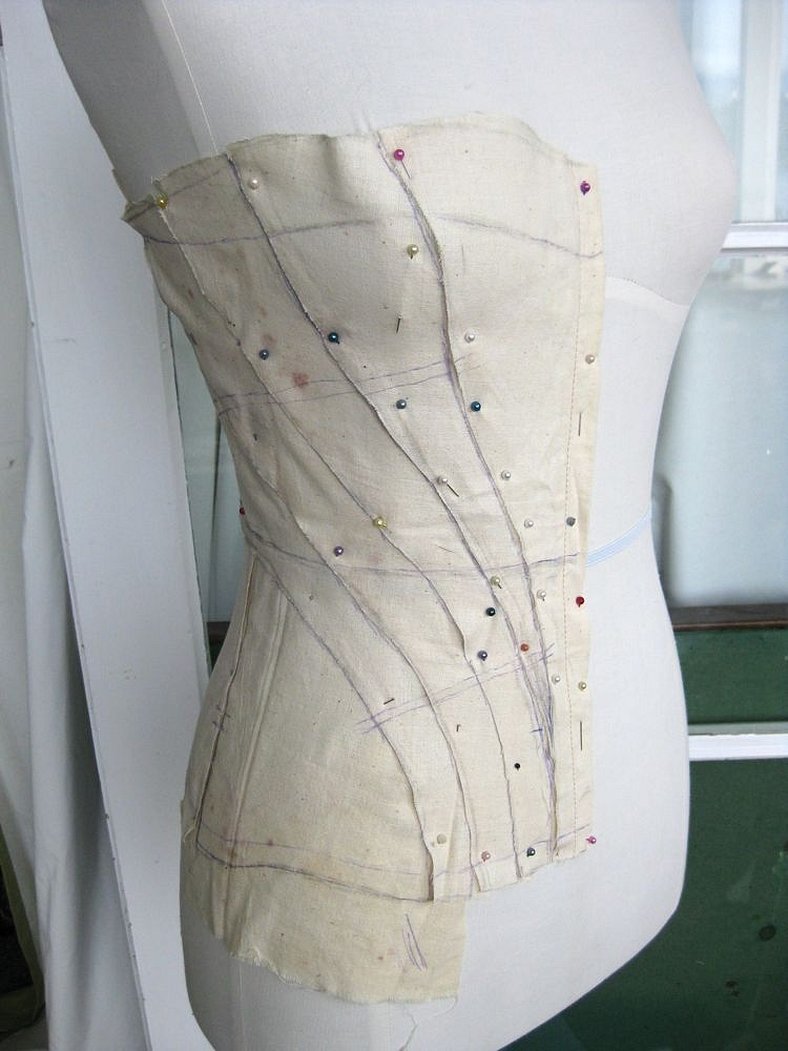
Calculation method for constructing a pattern
When sewing a bodice using the calculation method, the pattern is applied to graph paper using a pencil and a ruler. Each individual detail of the product is applied to the paper and then cut out after checking. The paper parts of the bodice are attached to the fabric with needles. The fabric is cut out using paper patterns.
The finished parts are sewn together with a basting stitch. After trying on the product, it can be sewn on a sewing machine.
Attention! A corset for a girl should not emphasize the waist.
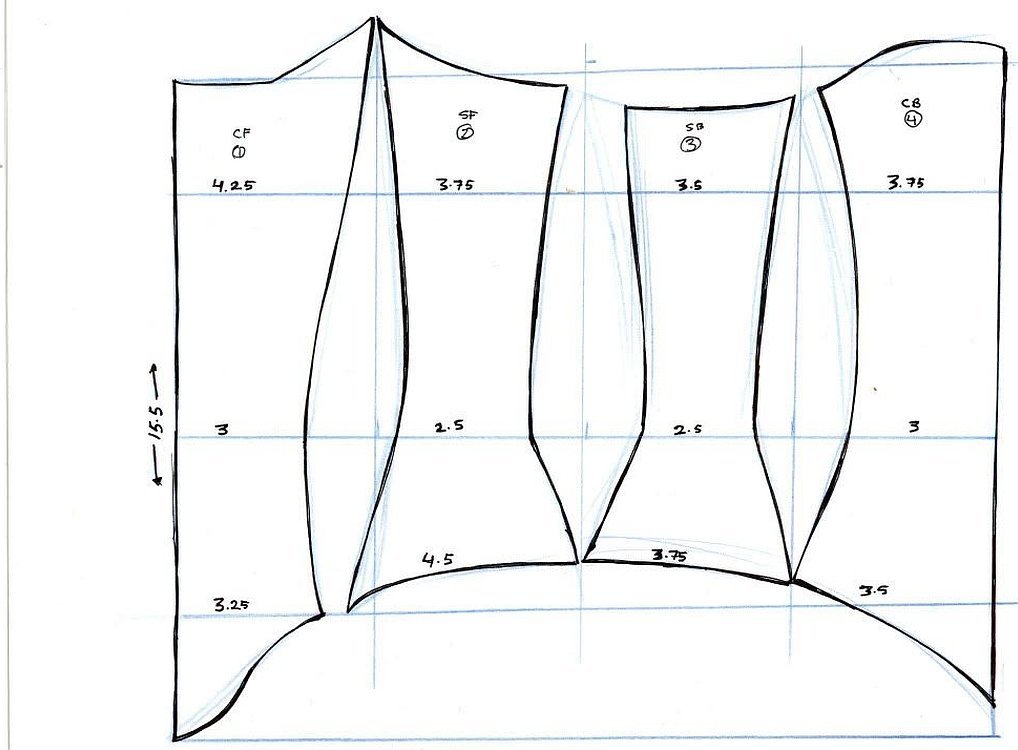
Master class on sewing a corset
To eliminate the expected errors, you should resort to step-by-step sewing of the product. After receiving the finished patterns, you should transfer them to the fabric. For this, use special needles and a pencil or chalk for fabric.
Attention! One half of the corset should be symmetrical to the other.
Make sure that the fabric does not stretch in width at the waist line. If it does, it must be turned over along the cross thread.
Before sewing the pieces together, you can wet the fabric and dry it to avoid shrinkage.
Corsets with ribbons will help tighten your figure and give it a slimmer look.
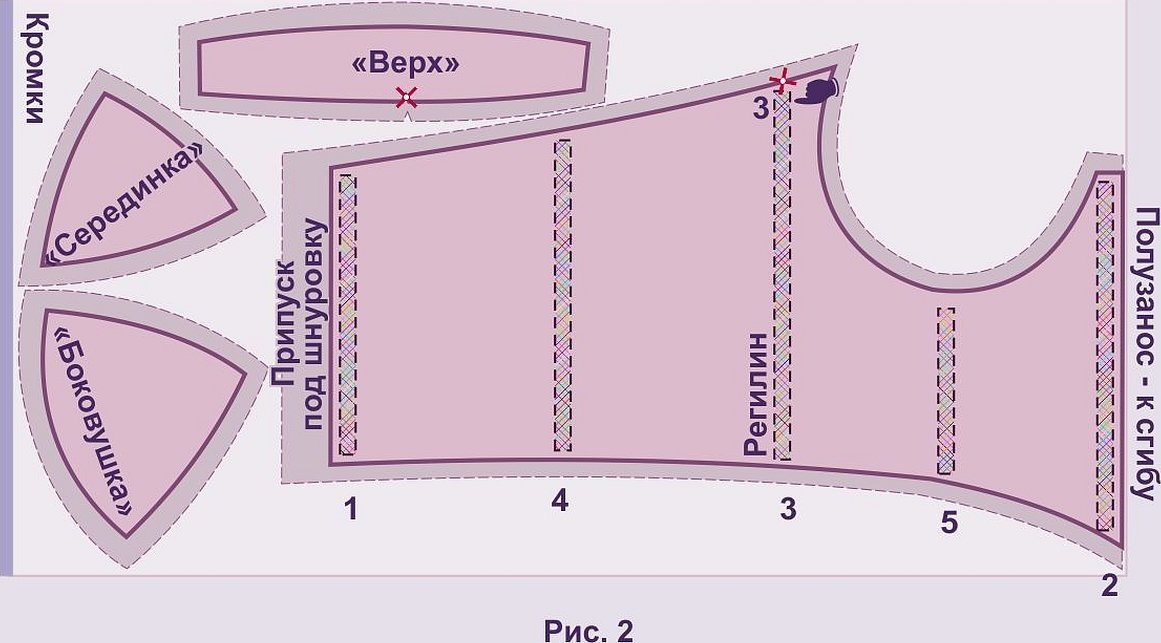
Step-by-step plan for sewing a bodice:
- Baste individual parts of the product. Try it on. Iron the product.
- If there is no need to make any adjustments after trying on, then sew the parts of the product using a sewing machine.
- Adding lining to the top of the garment.
- Insert bones and clasps.
- Process the edges of the corset.
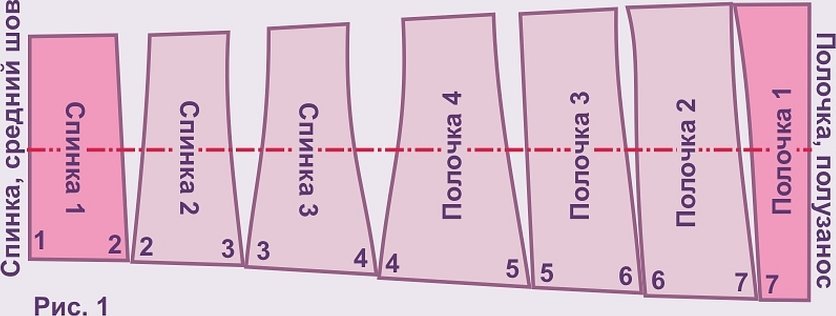
Attention! If a mistake was made during the cutting process and the garment is too big, then it is worth knowing how to take in a corset. To do this, you can take in the sides or insert a ribbon instead of fasteners.
Sewing in bones, fasteners and making facings
Plastic bones break easily, so sometimes metal bones are sewn into corsets. This has a couple of downsides: it makes the clothes heavier, and metal detector frames may start sounding the alarm after passing over them.
Bones are inserted into the side seams to add rigidity to the garment. The space between the outer part and the lining is considered an excellent location. Drawstrings are easily replaced with regilin.
Clasps are:
- on loops (the edges are covered with an additional piece of material to avoid holes at the most inopportune moment and loops are inserted);
- with a zipper (made secret);
- on eyelets (holes are made in the fabric and a metal piping is inserted);
- on buttons;
- on laces (rivets are inserted through which a cord or ribbon is threaded).

Processing the upper edge of the corset
There are several ways to process the top edge: piping and joining with the lining without additional piping.
In the first case, the additional part is bought in the store. Usually, it is sewn no more than 1 cm.
In the second case, when connecting the front part with the lining, the free space from the edge is stitched, and then on the front side, not reaching the edge a little, go through the line again on the sewing machine. At the end, it is necessary to iron it.
Important! When sewing a wedding corset, all details of the product must match the tone.
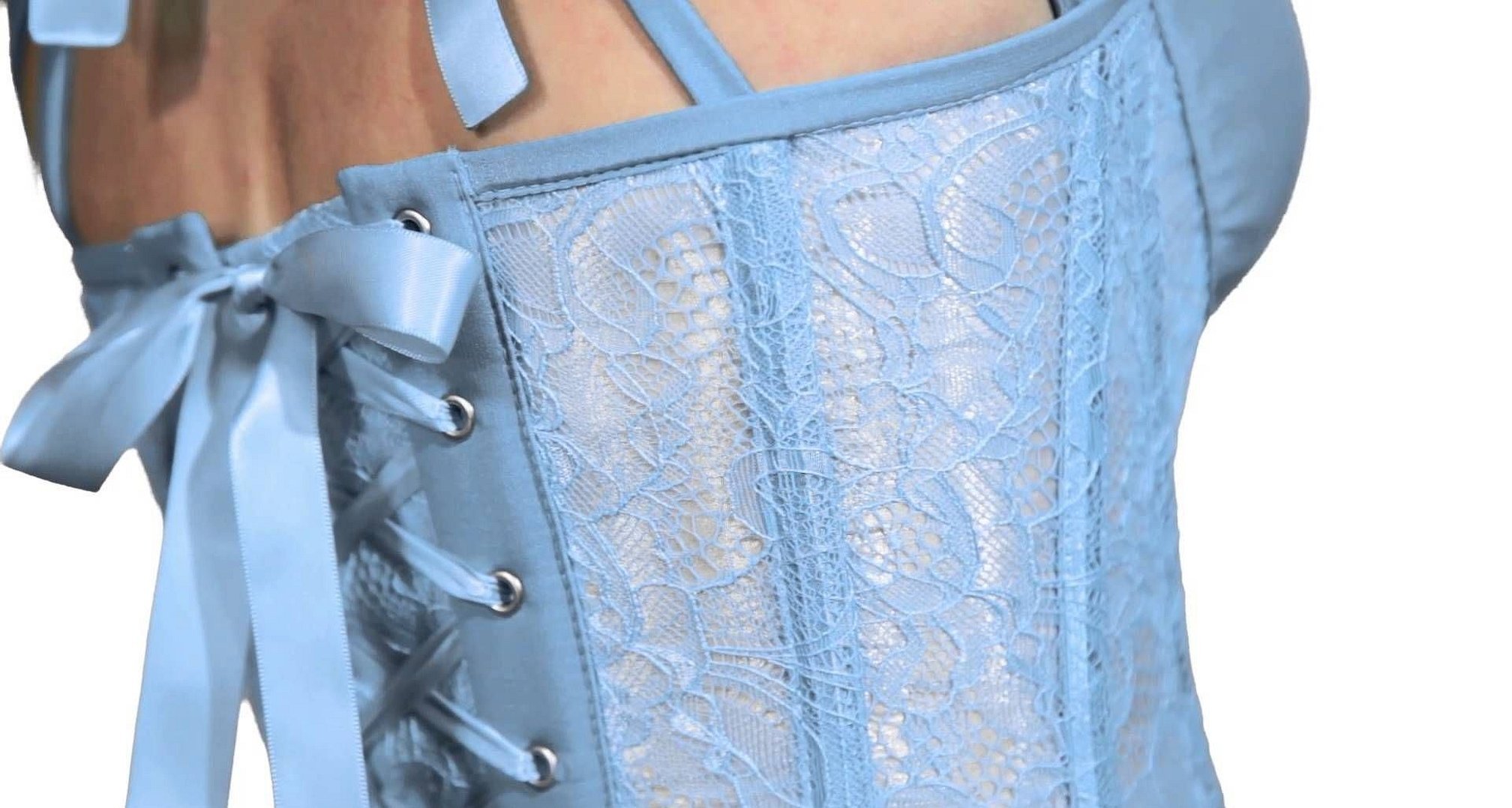
Finishing sequence
Master class for finishing the edge of a corset using lining:
- Trace the top of the corset onto the lining material.
- Step down from all points 4 mm. Cut out the detail.
- Cut out the piping for the bottom using the same method.
- If the model has straps, then you should prepare their lower part.
- Cut out the straps. Iron. Sew them together by folding them several times.
- Attach the straps and piping on top.
- Sew the details to the product.
Important! The width of the strap blank should be 4 times larger than planned, because they need to be folded before stitching.
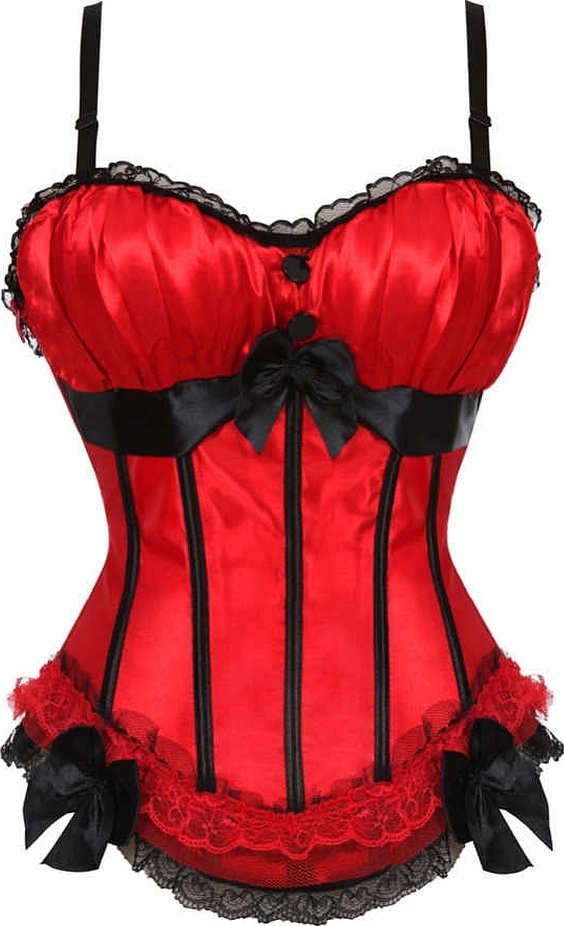
Corset for children's dress
A child's corset is different from an adult's. There is no need for an abundance of piquant forms. There is no need to make a doll out of a child. Therefore, to sew, you can wrap the child in foil at the place where the corset will fit. Secure with tape and cut carefully. Such a cut-off pattern will be easy to use.
Cups are not necessary for children's corsets. When sewing a corset dress, you should pay attention to the tone of the skirt. The bottom and top should match.
Attention! For ball gowns, bones can be sewn into the bodice.
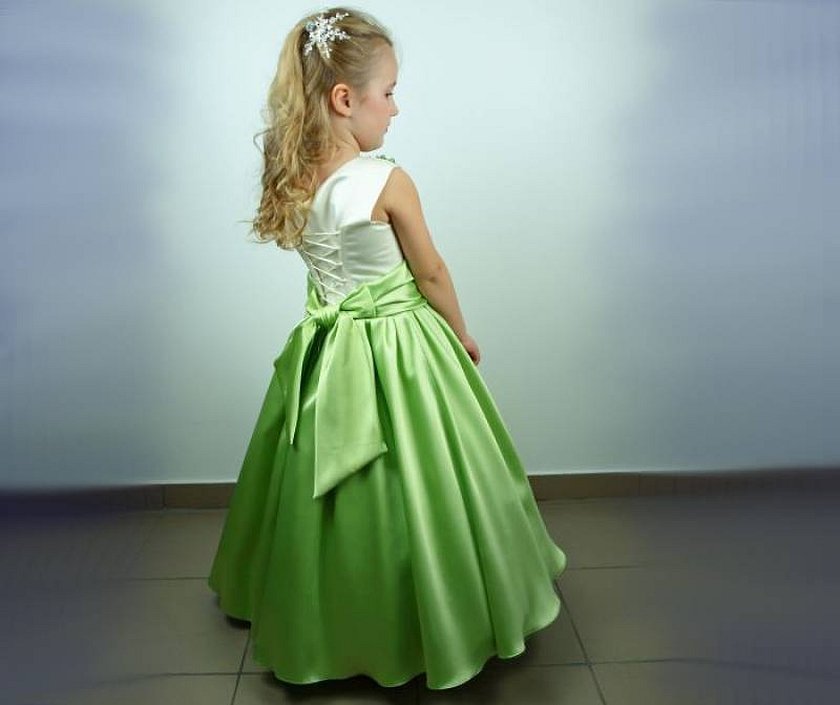
Sewing technology of a dress on a corset
The technology of sewing a dress on a corset can include several options: a skirt sewn to the corset, and a skirt that is worn separately.
When sewing a one-piece dress, you need to make sure that the bottom of the corset and the top of the skirt match in width; if this is not the case, the dress can be made with wedges.
Important! Dresses with corsets are usually tied with lacing.
Not every needlewoman knows how to sew a corset with her own hands, but good literature and desire will help make the dream come true. The main task of the master is not to make a mistake in the size. Correctly taken measurements will help with this.




